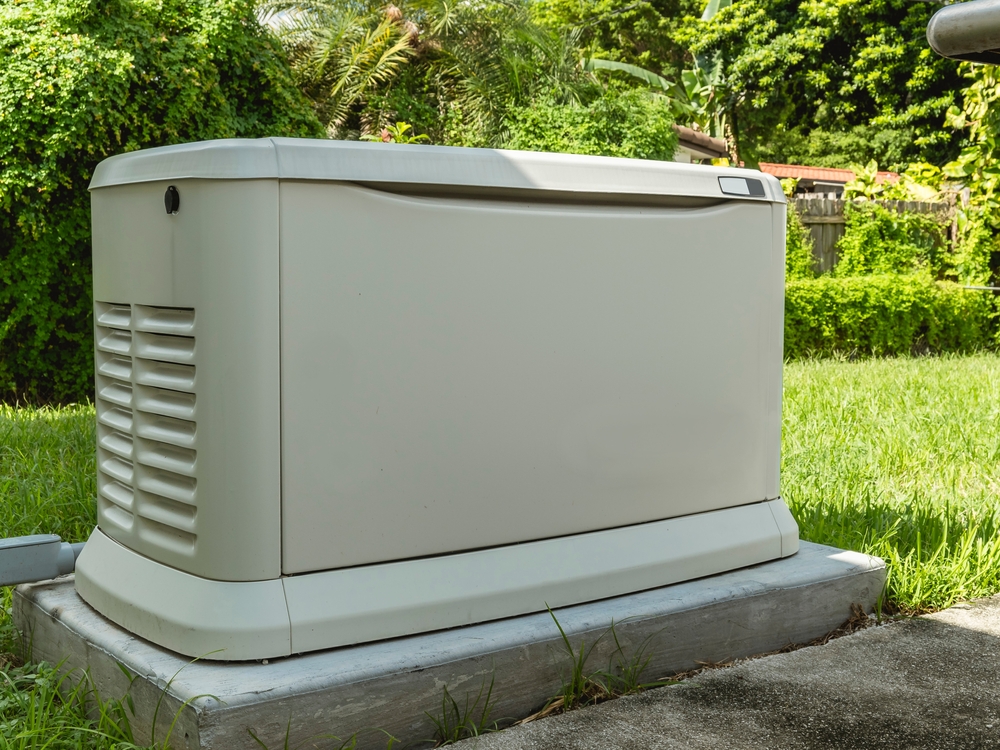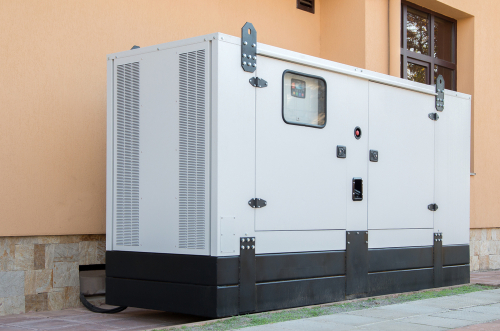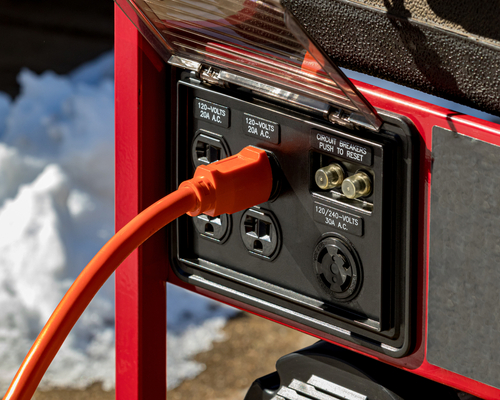For peace of mind and readiness when the power goes out suddenly, understanding the art of backup generator sizing is essential. Maintaining your daily routines and guaranteeing the security and comfort of your house can be made much easier with a dependable backup generator. The generator must be properly sized to meet your unique demands for a seamless backup power solution.
In this blog, the team at LB Electric will go through how to choose the correct backup generator capacity, taking into account your key loads, surge requirements, projected growth, efficiency, and a number of other criteria.
Understand the Different Generator Types
Different types of generators are available to meet different demands. Smaller and often made to run a few basic appliances or equipment, portable generators are easier to transport. The majority of the time, they run on gasoline and are mobile. The entire home or a sizable section of it can receive backup power from standby generators, which are more powerful. They normally run on natural gas, propane, or diesel and are permanently attached to your electrical system. Similar to backup generators, whole-house generators can handle your home’s electrical demand and have a larger power output. Recognize the variations and select the kind that most closely matches your needs.
Determine the Essential Loads
Start by listing all the key electrical loads that you would believe to be necessary in the event of a power loss. This can include essential gadgets like refrigerators, freezers, medical equipment, lights, heating or cooling systems, communication equipment, and certain outlets.
Calculate the Required Load
Once you’ve determined the necessary loads, figure out how much power they each need in terms of watts or amps. Usually, the labels or documentation that come with the appliances or equipment provide this information. To figure out the overall load needed, add up the wattage or amperage for all of these loads.
Factor in Running (Continuous) vs. Starting (Surge) Power
Be aware that many appliances and gadgets need a larger power surge when they first start up than when they are in use. Examples include motors, refrigerators, and air conditioners. Make sure the generator you select has the starting power capacity (surge wattage) to manage these first surges and can meet these increased demands.
Think About the Type of Fuel
Fuels including gasoline, diesel, propane, and natural gas are just a few of the fuel types that can power generators. When choosing the fuel type, take into account elements like gasoline availability, storage capacity, price, and convenience. Although easily available, gasoline must be properly stored and has a short shelf life. Clean-burning propane and natural gas are frequently accessible through utility lines, however, they could need certain storage or hookups. Diesel is effective and has a longer storage shelf life. Select the type of fuel that best suits your needs and preferences.
Consider Future Growth
Consider any upcoming additions or adjustments to your electrical load. Planning for a little additional capacity in your generator is a good idea to take into account any rise in load requirements as your demands change over time. This forethought ensures that your generator will continue to meet your demands over the long term.
Account for Efficiency and Power Factor
Electrical systems’ power factors can change due to various reasons. Generators also have efficiency ratings that warrant careful deliberation. Be sure to consider the power factor of the electronics and appliances you’re powering, as well as the generator’s efficiency. You can correctly assess the generator’s real output required to satisfy your requirements by taking these factors into account. It’s crucial to take these efficiency figures into account to make sure the generator can consistently power your key loads.
Evaluate Budget and Space Constraints
When choosing a generator, keep in mind both your installation space and price constraints. Larger generators normally cost more, but they also have a larger capacity and can run more appliances concurrently. You should consider the area you have available for the generator before making a selection. Include ongoing maintenance and fuel costs in your calculations in addition to the original purchase price.
Choosing the Generator
You can confidently select a generator with an adequate capacity that satisfies your demands after taking into account all the aspects, including vital loads, surge requirements, future growth, efficiency, power factor, generator types, professional guidance, fuel type, budget, and space limits. Make sure the generator you choose matches both your budget and the installation area you have available, and that it can consistently power your vital loads during a power outage.
LB Electric – Reliable & Prompt Electrical Contractors in Ottawa
The foundation of a trustworthy power backup system is backup generator sizing. You can choose a generator that properly fits your demands, price, and available space by thoroughly studying your requirements and weighing the available possibilities. A properly sized backup generator ensures that your vital appliances and equipment continue to function during unplanned power outages, giving you and your family comfort, security, and peace of mind.
Please contact us if you want to ensure your home is always powered, even when the grid isn’t. LB Electric, your local experts in electrical solutions are ready to provide you with what you need. We provide expert backup generator sizing to match your preferences and requirements perfectly. Don’t leave your power demands to chance—reach out to LB Electric today for a reliable, tailored backup power solution that fits your lifestyle and budget.



